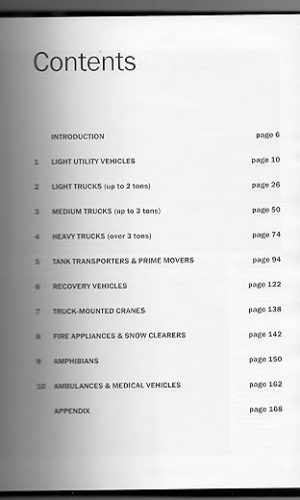The Battle of the Beams: The secret science of radar that turned the tide of the Second World War
£15.20£19.00 (-20%)
‘Deeply researched and engagingly written’ The Times
‘Has the pace and style of a well-crafted thriller’ Mail on Sunday
‘Chock full of memorable characters and written with all the drama and pace of a Robert Harris thriller’ Rowland White, author of Harrier 809
The radio war of 1939-45 is one of the great scientific battles in history.
This is the story of that war.
Relying on first-hand accounts as well as papers recently released by the Admiralty, The Battle of the Beams fills a huge missing piece in the canon of WW2 literature.
It combines history, science, derring do and dogged determination and will appeal as much to fans of WW2 history as to those fascinated by the science behind the beams that changed our lives.
The British believed that, through ingenuity and scientific prowess, they alone have a war-winning weapon: radar. They are wrong. The Germans have it too.
They believe that their unique maritime history means their pilots have no need of navigational aids. Flying above the clouds they, like the seafarers of old, had the stars to guide them, and that is all that is required. They are wrong. Most of the bombs the RAF will drop in the first years of the war land miles from their target.
They also believe that the Germans, without the same naval tradition, will never be able to find targets at night. They are, again, wrong. In 1939 the Germans don’t just have radar to spot planes entering their airspace, they have radio beams to guide their own planes into enemy airspace.
Luckily there was one young engineer, Reginald Jones, helping the British government with their own scientific developments. In June 1940, when Jones quietly explained the beams the Germans had devised to a room full of disbelieving sceptics, Churchill later described the moment as like sitting in the parlour while Sherlock Holmes finally reveals the killer. Churchill immediately supported Jones’s efforts to develop radar technology that went on to help the Allies win the war.
Read more
Additional information
| Publisher | Bantam (11 May 2023) |
|---|---|
| Language | English |
| Hardcover | 320 pages |
| ISBN-10 | 1787634132 |
| ISBN-13 | 978-1787634138 |
| Dimensions | 16.1 x 3 x 24.5 cm |










by Tricky Dickie
Tom Whipple should get a medal for writing such an easy to read account of electromagnetic radiation. Not just easy but totally engaging and written in such a way that on many pages you instantly burst out laughing at the incredulity of the ignorance of the RAF top brass. I couldn’t put this book down and my wife now wants to read it, having seen me laughing out loud. I can thoroughly recommend this book if you are even only marginally interested in technology. You won’t be disappointed.
by Katie
This book is fantastic. It’s gripping, really well written, and a peek into a lesser known area of World War II history for many people. I’ve recommended it now to many people.
by MR C A Holland
I got this for my Dad as a surprise gift, I thought why not? Hence I haven’t read it (may do Audible) but according to my Dad:
In his words “its interesting, not boring, but it does get a bit technical in parts”.
N.B. He also couldn’t find any grammatical errors which he was both pleased and frustrated by as he wasn’t able to complain about the general decline of the English language.
by Milestone Mummy
Gift bought for my father in law. He told me it was a really interesting book to read.
by Amazon Customer
A brilliant book; it will not disappoint. Old story told in a totally different way and with technical details.
Buy it! I did and I take my hat off to Tom Whipple.
by Nigel Penistone
Great account of the development of radar detection during the second world war. A really excellent read and a good buy
by Henry1970
I started this on Father’s Day and couldn’t put it down. All the science is presented so simply that it doesn’t slow the narrative in any way. Whipple builds the tension in the way of every great raconteur; had me on the edge of my seat several times, but he doesn’t’ skip the humour of some of the idiocy surrounding the true life heroes.
Its nothing less than a masterpiece and I shall read it again.
by Mr. C Bell
Having read RV Jones’ book I was hoping for more information and detail but I was disappointed. This book might be a touch more readable for the non technical, it might also have a bit more “human interest”, but it doesn’t bring any new information to light.
I’m an engineer, so perhaps I’m a bit biased, but it really felt like a slightly dumbed down version of Jones’ original book. If you haven’t read that I suggest that you do so as you have a treat in store; if you have read it then prepare to be a bit disappointed by this one.